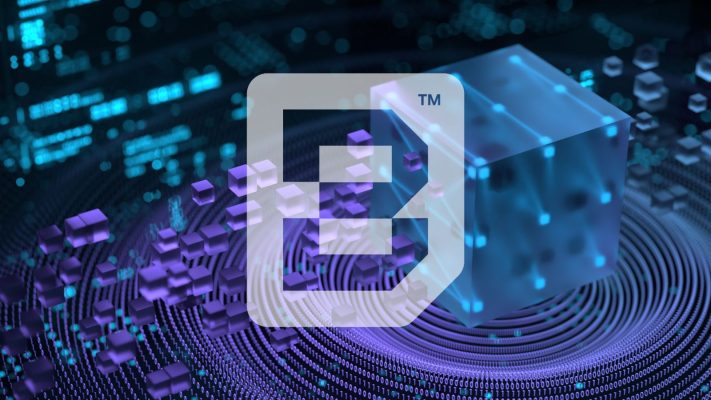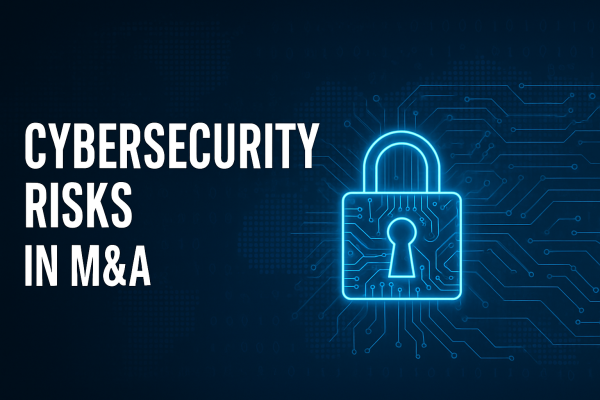As the year draws to a close, our cybersecurity team reflects on a period marked by escalating cyber threats, innovative attacks, and a heightened sense of vigilance. While 2023 brought its share of challenges, it also reinforced the importance of robust cybersecurity measures and the dedication of our frontline experts in safeguarding our customers’ critical data and systems.
In this blog post, we delve into these significant events, seeking to extract lessons learned, identify emerging trends, and assess the future of cybersecurity. Our frontline cybersecurity people share their insights, providing valuable perspectives on the evolving threat landscape and the measures we must implement to stay ahead of the curve.
You can find Part 1 here and Part 2 here.
Cyber Security Predictions for 2024 from the CommSec Team
Ransomware
Ransomware is a highly disruptive threat that is poised to evolve further in 2024, becoming more sophisticated and targeted, posing an even greater challenge for cybersecurity defences. Threat actors are employing advanced techniques, such as leveraging artificial intelligence (AI) and machine learning (ML) to automate attack processes, evade detection, and maximize their profits. They are also increasingly targeting critical infrastructure, such as power grids and healthcare systems, to cause widespread disruptions and financial losses. The increasing sophistication of ransomware demands a comprehensive cybersecurity strategy that goes beyond traditional antivirus and firewall solutions. Organisations need to invest in round-the-clock security monitoring of networks and endpoints, robust data backup and recovery mechanisms, implement strong access controls (such as MFA and password management) and conduct regular cybersecurity training for employees. Additionally, they should align with international or industry standards (such as NIS2 and DORA) to implement the baseline cyber security practices, controls, and risk assessments.
Phishing
Phishing will continue to plague us in 2024. If Ransomware is the main threat to your organisation, then Phishing is the most common gateway to a successful ransomware attack. As we stated earlier, Phishing to steal user credentials is the number one root cause of an incident today. Phishing is one of the most prevalent types of cybercrimes with over 500 million phishing attacks reported in 2022. For perspective, that’s over double the number of reported attacks in 2021 (Source). On a personal note, phishing is extremely popular at the consumer level with high levels of people falling for email, SMS, and voice scams. To combat these always check the validity of the number, email address or URL before engaging. We recommend you install reputable AV software on your laptops, PCs, and mobiles.
Skills Shortages Must be Addressed
The Cyber Security Skills Report 2021 published by Cyber Ireland, found Ireland to have both a serious skills shortage and a skills gap in the cybersecurity sector. Cybersecurity teams were found to be understaffed in a male-dominated industry afflicted by a “serious” skills gap (source). According to a new report, the country has the potential for up to 17,000 high-value cybersecurity jobs by 2030. However, for that potential to be realised, we need to recruit at least 1,000 additional workers per year. The report, State of the Cyber Security Labour Market in Ireland, said that in 2022 alone there were 6,707 cybersecurity-related job postings. To secure a resilient future for this sector government and industry must work together with education institutions to make a career in cyber security easily accessible and rewarding for potential job candidates.
Compliance is a big driver of investment
As data privacy and cybersecurity concerns within the EU continue to grow, governments are enacting stricter regulations to protect sensitive information and infrastructure. In 2024 / 2025, two significant pieces of legislation, the Network and Information Systems (NIS) Directive 2 (NIS2, due 17 October 2024) and the Digital Operational Resilience Act (DORA, due 17 January 2025), are due to be implemented. These regulations will have a profound impact on the way the specified organisations approach cybersecurity, shifting the emphasis from the IT department to the boardroom. The implementation of these regulations will require organisations to make significant investments in cybersecurity, including hiring qualified personnel, implementing advanced security solutions, and conducting regular risk assessments. The scarcity of cybersecurity professionals will make this endeavour particularly challenging, and organisations must plan carefully to meet compliance deadlines. As organisations grapple with these challenges, it is becoming increasingly clear that cybersecurity is not just an IT issue; it is a business imperative that demands the attention of senior management. Boards of directors and compliance officers must take an active role in cybersecurity oversight, ensuring that organisations have the necessary resources and strategies to protect their data and infrastructure.
Hacktivism
Hacktivism and ransomware are becoming increasingly common. Hacktivists are motivated by political or social causes, while ransomware attackers are motivated by financial gain. Organisations need to be aware of these threats and implement appropriate security measures to protect themselves. In December, it was reported that several wastewater treatment plants in the US and one in Ireland were attacked due to Israeli-made SCADA and PLC equipment. An Iranian Cyber gang are believed to be behind the US attacks.
Social Engineering Attacks
The 2023 Verizon Data Breach Investigations Report found that 74% of attacks involved the human element and social engineering was a top cause. The recent vishing attack on the MGM Hotel is a deafening warning of the sophistication of the social engineering attacks. According to Bloomberg, the MGM devastation was caused by a “social engineering breach of the company’s IT help desk.” While MGM has not confirmed the details, a former MGM employee noted that the company’s password reset process was very weak, and an adversary would only need to provide basic information such as name, employee ID and date of birth to trigger a password reset—details which were “too easy to obtain.”
Supply Chain Incidents
As organisations rely on a vast network of suppliers, the risk of supply chain attacks continues to grow. Over the last decade, we witnessed the devastating effects of supply chain attacks like the SolarWinds hack and the Log4j vulnerability, which exposed millions of devices and systems to cyber threats. These incidents highlighted the critical role of supply chain security in safeguarding organisations’ digital infrastructure. Cybercriminals are increasingly targeting third-party suppliers to gain unauthorized access to their clients’ systems. By compromising a single supplier, attackers can potentially infiltrate multiple organisations simultaneously, causing widespread disruption and damage. The MoveIT attack in 2023, which affected thousands of organisations and exposed the sensitive data of millions of individuals, serves as a stark reminder of the potential impact of supply chain incidents.
Wrap-up
The year 2023 was a tumultuous one for cybersecurity, with organisations of all sizes facing a barrage of attacks. Hackers continue to find new and innovative ways to exploit vulnerabilities, from social engineering scams to sophisticated AI-powered threats. As we look ahead to 2024, it is clear that organisations will need to be more vigilant than ever in protecting their data and systems. CommSec is well placed to help you along the security journey, no matter where you are on that journey.
Uncertain about your cyber security posture? Consult our experts today. We are here to provide clear, independent guidance and answer all your questions. Contact us here.









